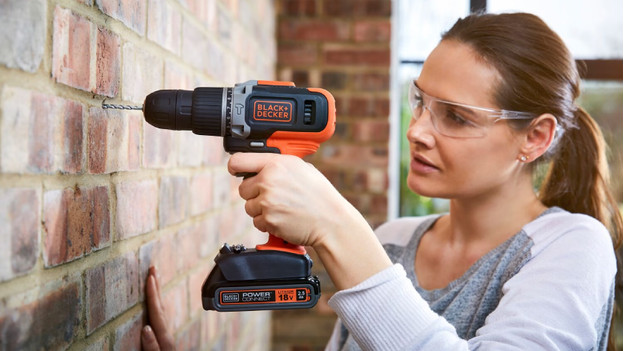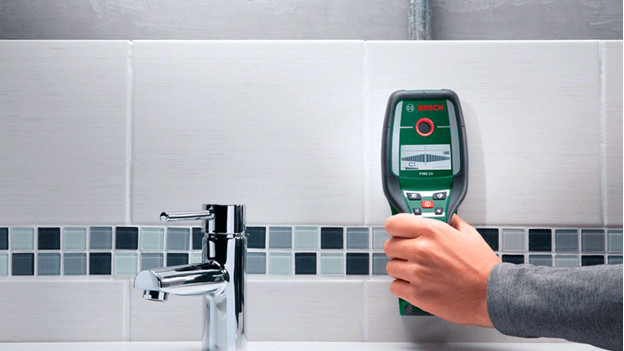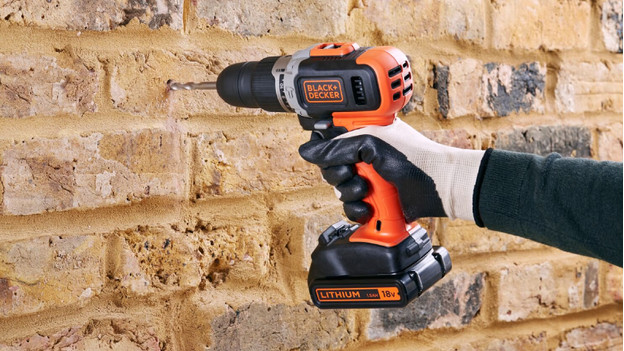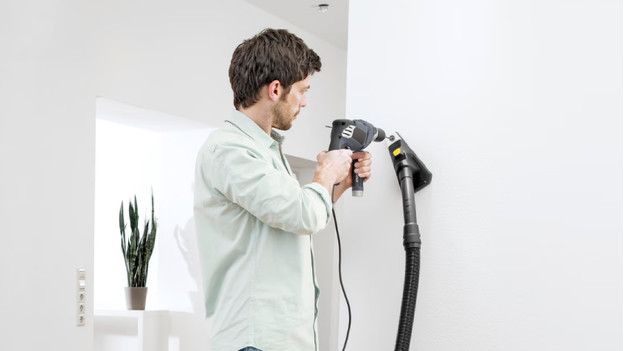
5 tips for drilling in stone
Getting started with drilling in stone

If you want to drill in stone without any problems, it's important to pay attention to a few things. Follow these tips:
Tip 1: choose the right drill bit.
Tip 2: only use the impact function when necessary.
Tip 3: check for pipes.
Tip 4: decide whether you want to drill in stone or joint.
Tip 5: catch the drill dust right away.
Tip 1: choose the right drill bit

There are drill bits for different materials. Like the name suggests, you use a stone drill bit for stone. You can recognize this drill bit from the tip that has some kind of 'wings' on it. It's also important that you check whether the stone drill bit fits on the drill chuck of your drill. That's because there are stone drill bits for an SDS or a quick release drill chuck.
Tip 2: only use the impact function when necessary

If you want to drill into hard types of stone, you need an impact function. Thanks to this function the drill bit moves forwards and backwards. Without this pulsing movement, you can't make holes in hard stone. Be careful with the impact function, so you don't damage the surface. Start slowly, and gently increase the speed. Want to drill into soft stone like plaster? Turn the impact function off.
Tip 3: check for pipes

There are often pipes behind stone walls in houses, so it might be scary to drill into these walls. With a wall scanner, you know exactly where you can and can't drill. That's because the device can see where there's voltage or metal in the wall. This way, you won't accidentally end up with the water up to your ankles.
Tip 4: decide whether you want to drill in stone or joint

When drilling into a brick wall, you have to consider whether you want to drill into the stone or the joint. If you want to mount a heavy object, it's best to drill into the middle of the stone. That's because the stone can handle a heavier weight. Nothing will fall off the wall that way. Want to temporarily hang up a light object? The joint is a good choice. You can easily close this back up later.
Tip 5: catch the drill dust right away

If you drill a hole into brick, you'll create dust. This results in a big mess and makes it hard to see your work. With a construction vacuum, you can keep your workplace clean. Ask someone to keep the vacuum nozzle close to the drill hole or choose a drill dust collector. With a drill dust collector, you can directly catch the dust without help from others. That way, you can work alone without any issues.


